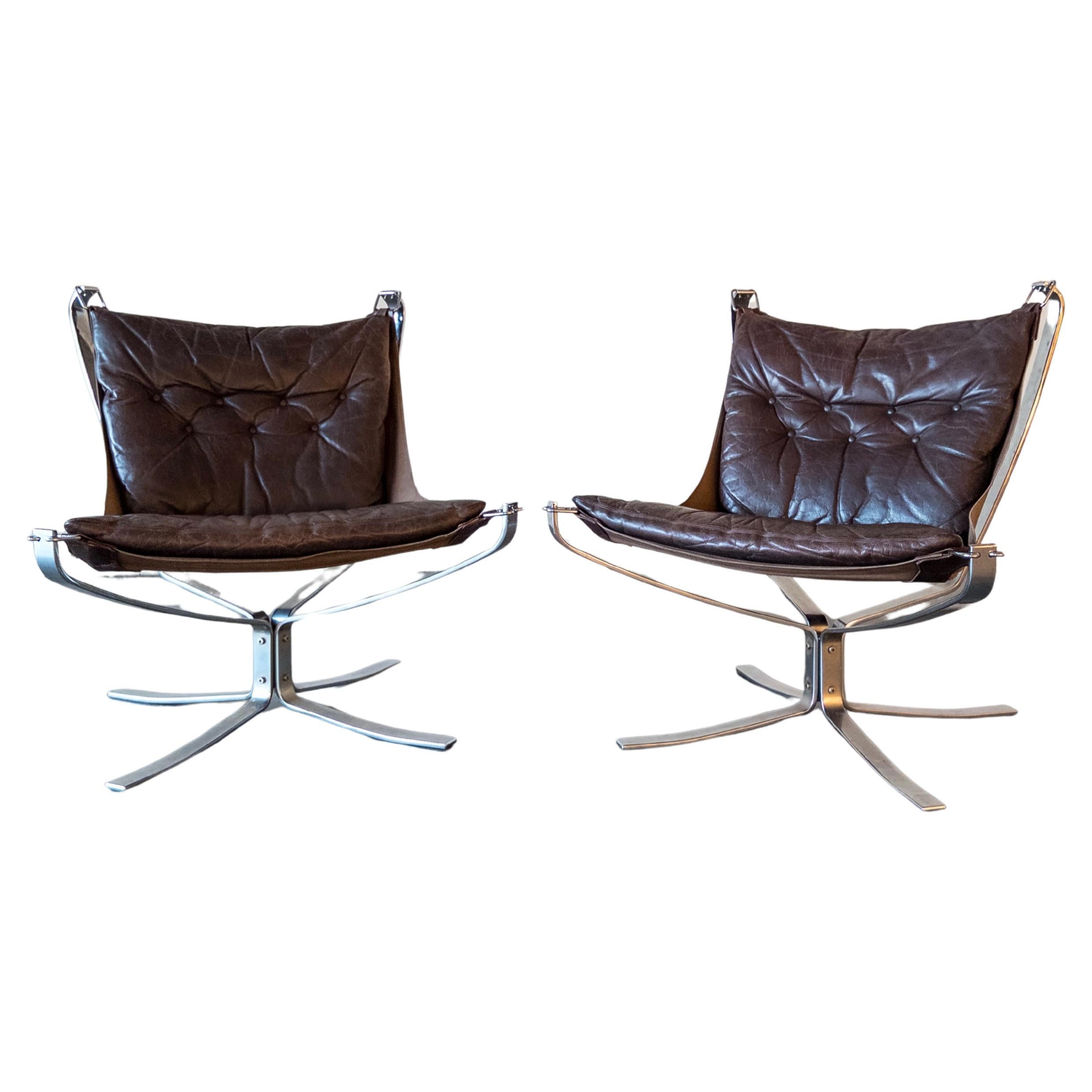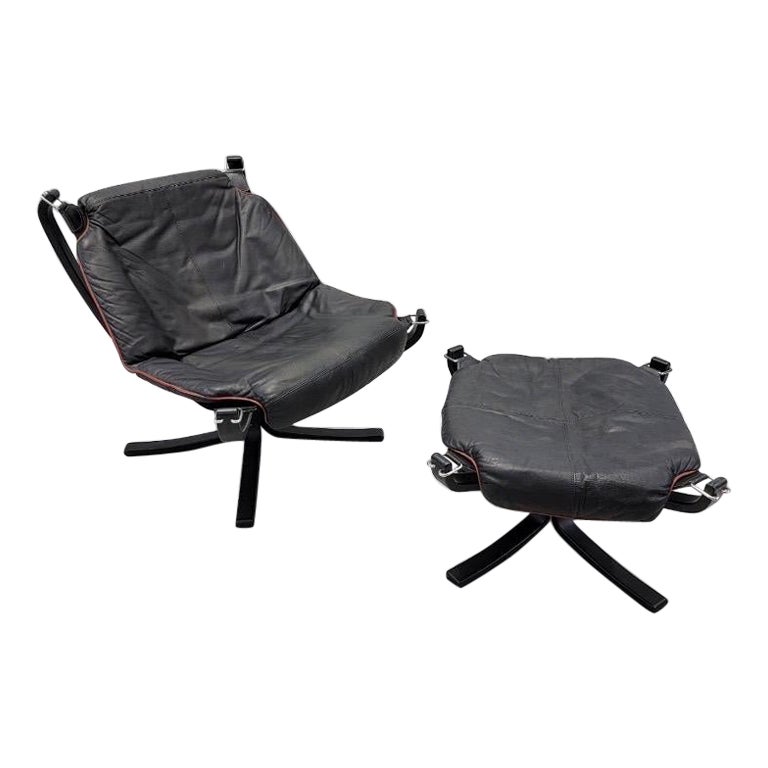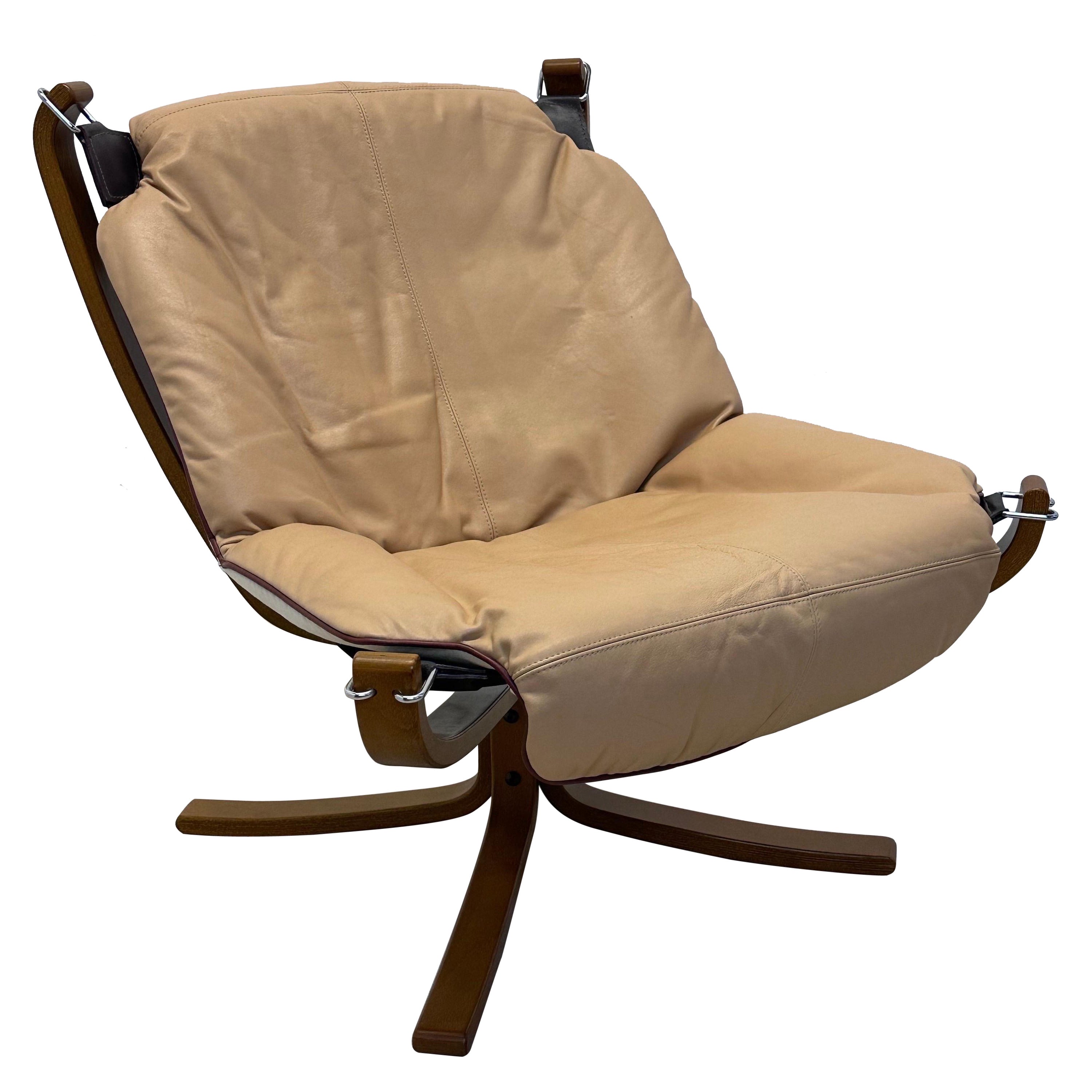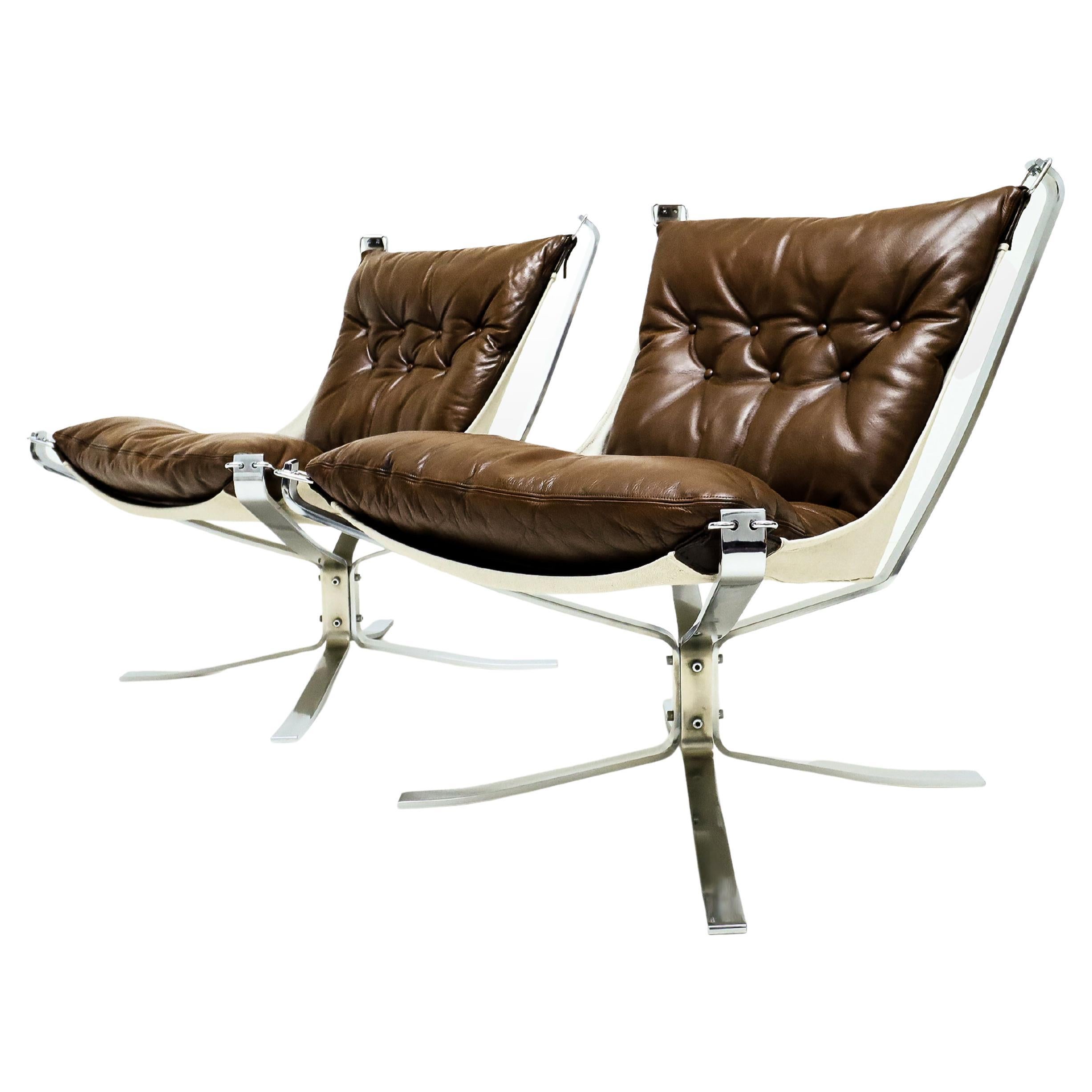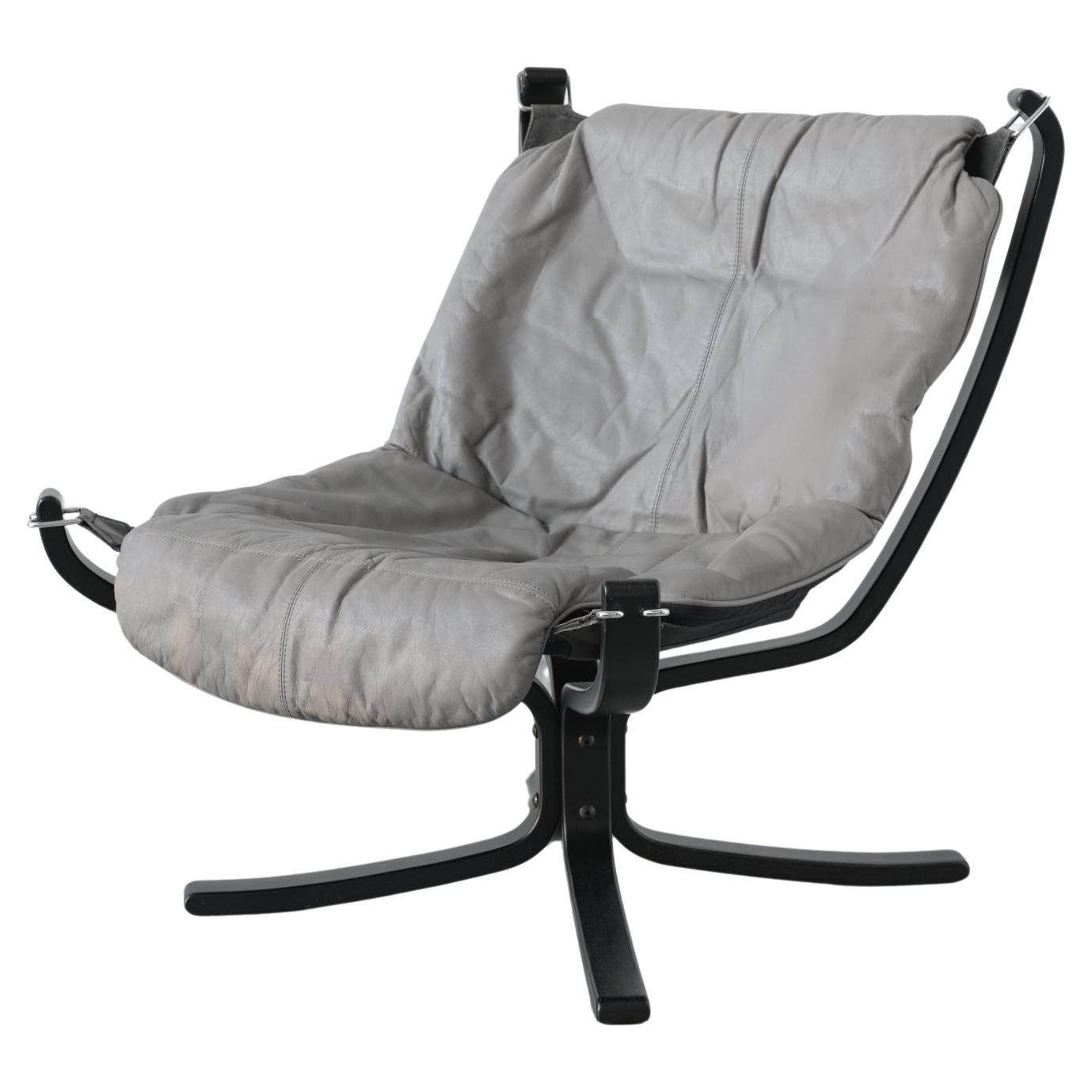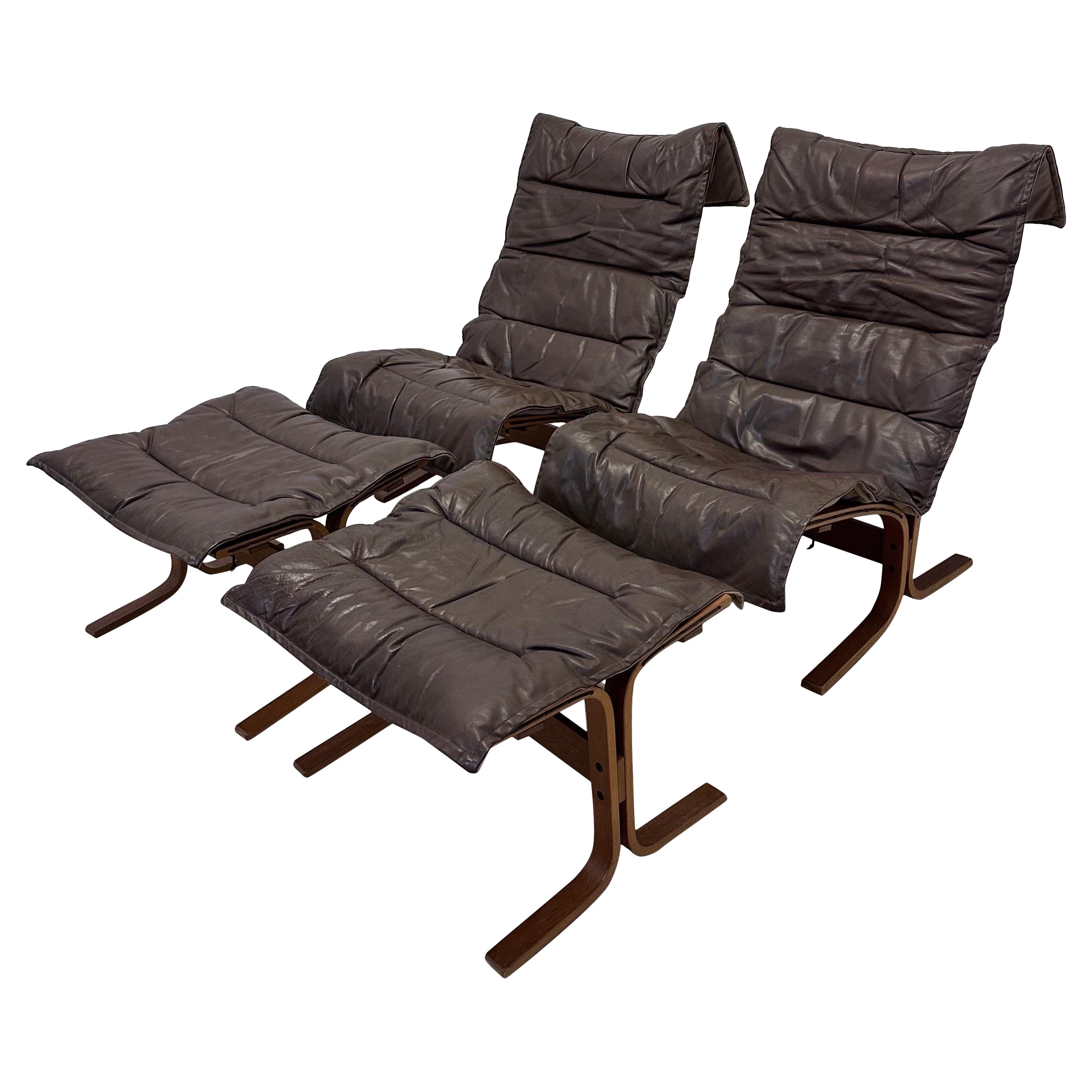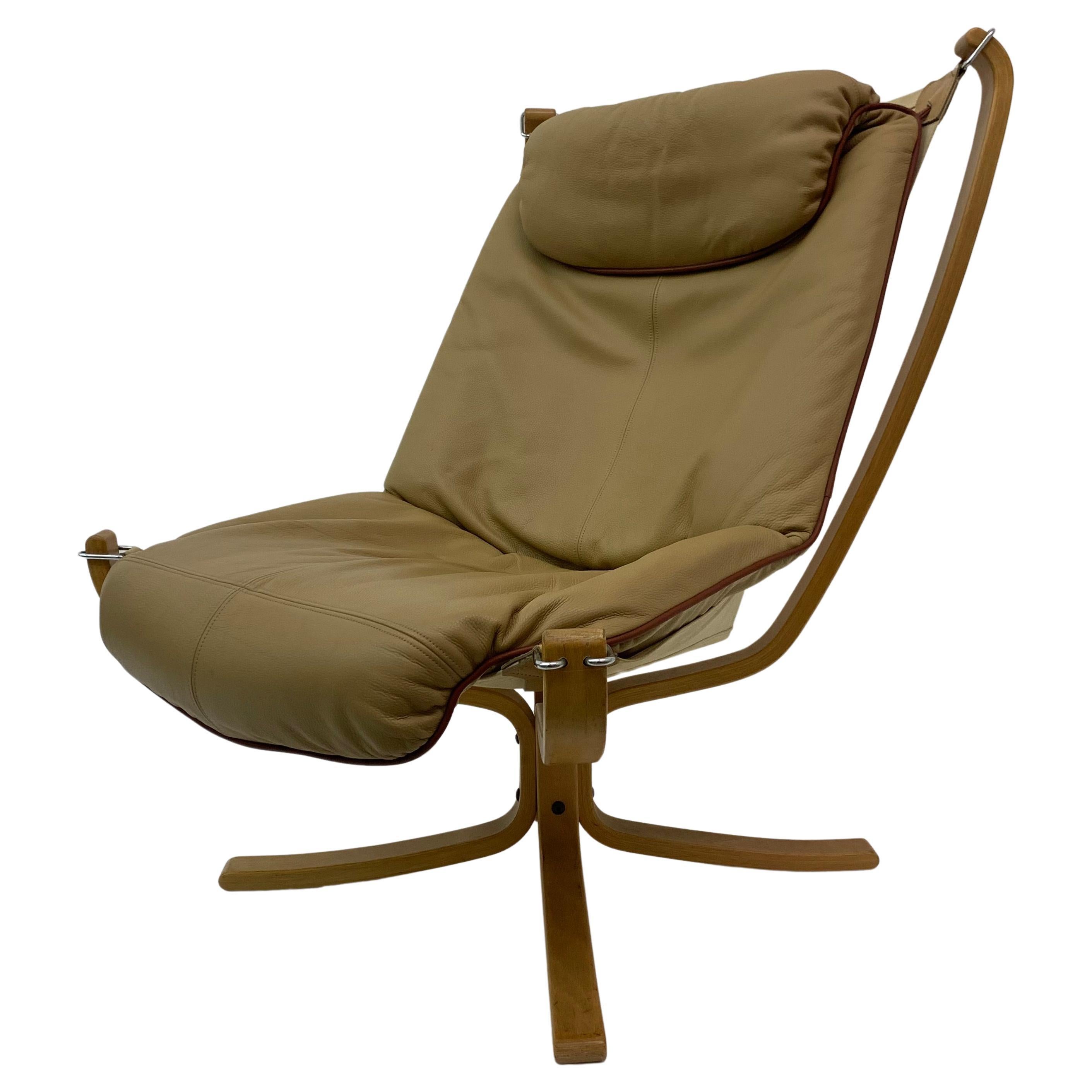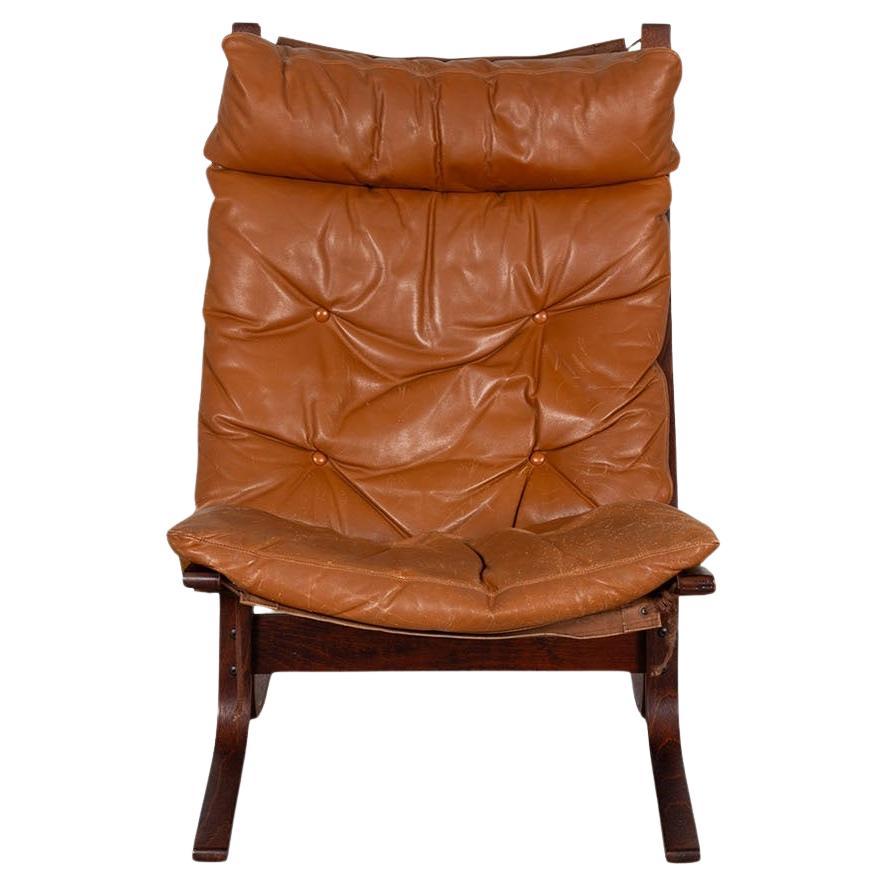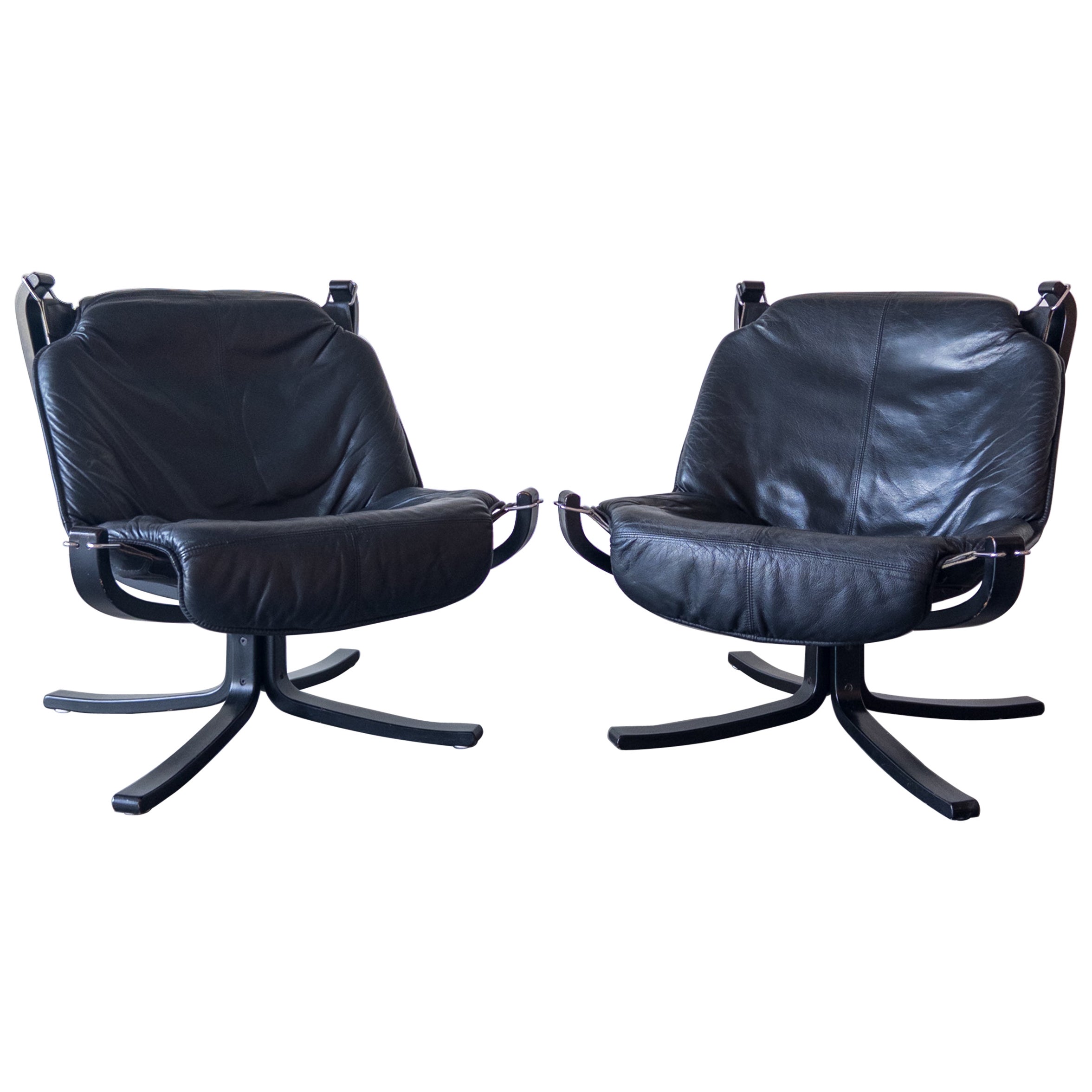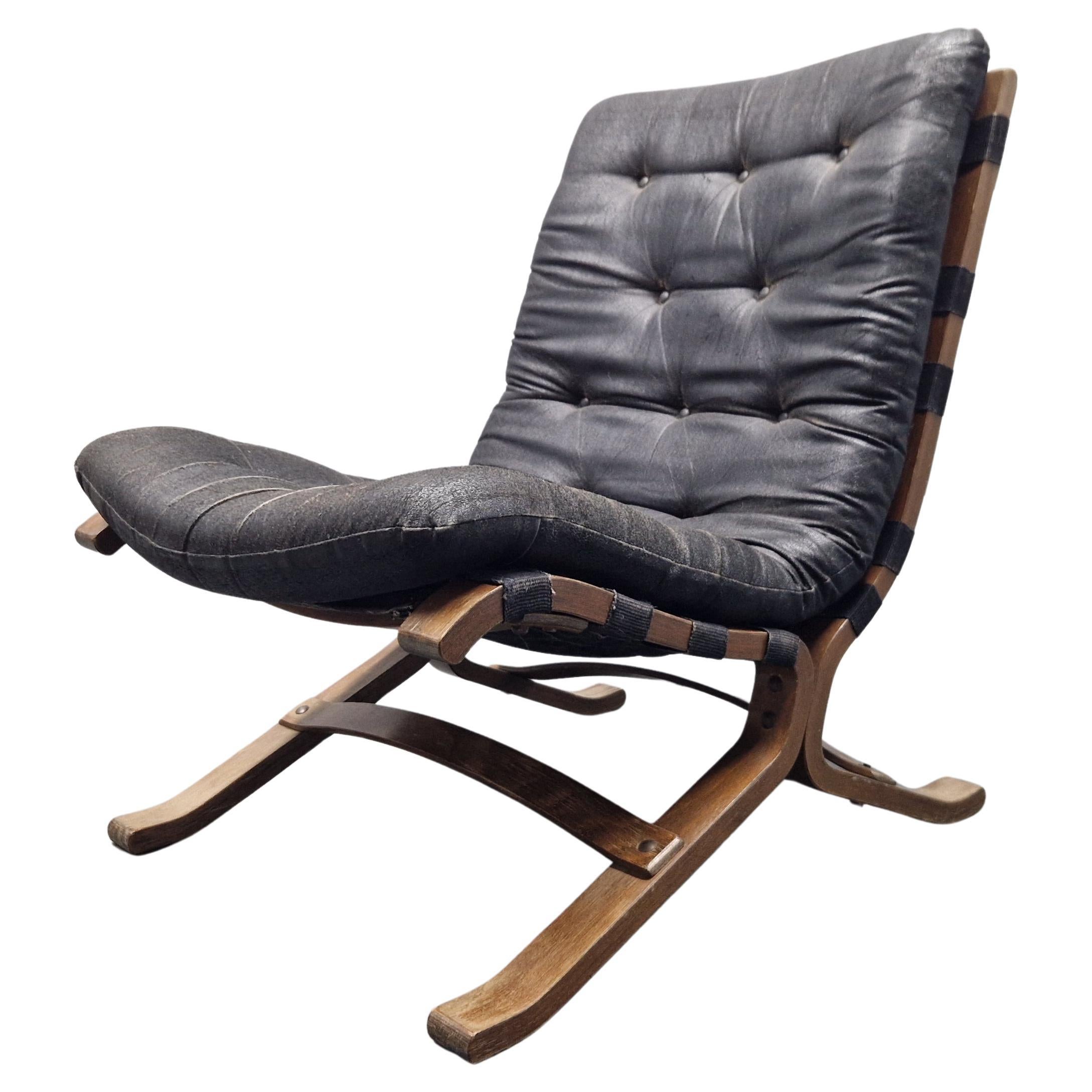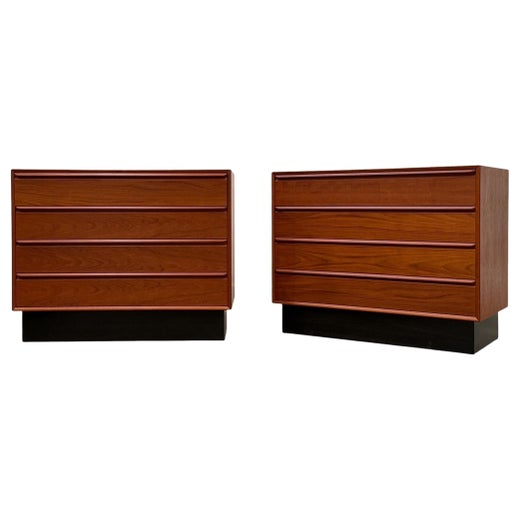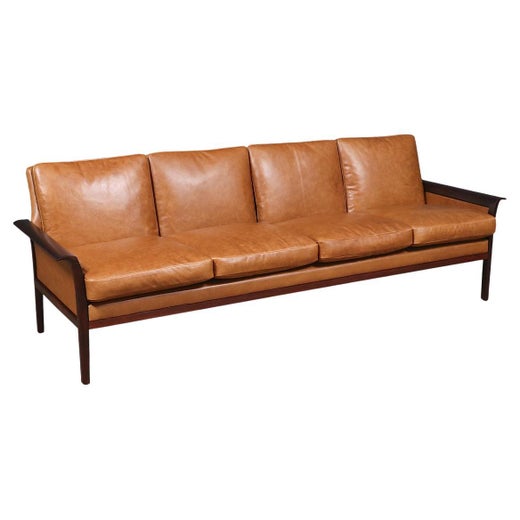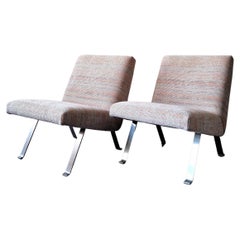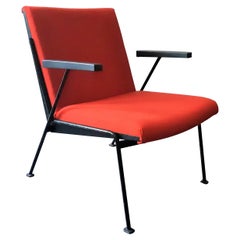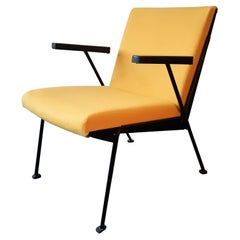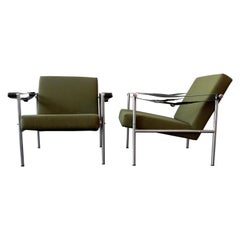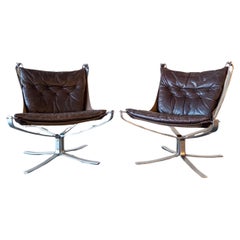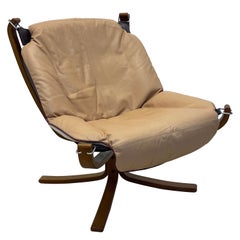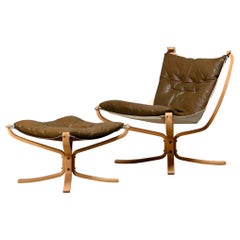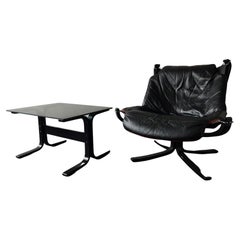
Set of Falcon Lounge Chair with Siesta Side Table for Vatne Møbler/Westnofa 70's
View Similar Items
Set of Falcon Lounge Chair with Siesta Side Table for Vatne Møbler/Westnofa 70's
About the Item
- Creator:Vatne Møbler (Manufacturer),Westnofa Furniture (Manufacturer),Sigurd Ressell (Designer),Ingmar Relling (Designer)
- Dimensions:Height: 31.5 in (80 cm)Width: 30.71 in (78 cm)Depth: 33.08 in (84 cm)
- Sold As:Set of 2
- Style:Mid-Century Modern (Of the Period)
- Materials and Techniques:
- Place of Origin:
- Period:
- Date of Manufacture:1970s
- Condition:Wear consistent with age and use.
- Seller Location:Steenwijk, NL
- Reference Number:Seller: S589 + T2931stDibs: LU1880326434442
Westnofa Furniture
While Norway comprises something of an unsung chapter in the history of Scandinavian modernism, an export company called Westnofa shouldn’t be overlooked. It represented a collective of the country’s leading manufacturers to promote and export their furniture worldwide. Westnofa was key to the success of Norway’s mid-century designers and furniture brands, and fostered the growth of entities that might otherwise be unknown to today’s design aficionados.
Norway’s furniture factories were largely destroyed during World War II, and while the country’s sophisticated works — designed in teak, pine and other prized woods — had earned a place in Scandinavian modernism, its output was overshadowed by big names such as Alvar Aalto and Arne Jacobsen who’d earned icon status in Finland and Denmark, respectively. Westnofa, a name derived from “West Norway Factories,” took shape in the late 1950s in order to circumvent the limitations that the country’s furniture industry had faced in the areas of marketing and production. Some of the manufacturers connected to Westnofa were P.I. Langlo Møbelfabrikk, Ekornes, Stokke and Vestlandske.
Westnofa took great pains to devise the most cost-effective and efficient method of packing and shipping worldwide. Flat-pack assembly for lightweight shipping was the result. In neighboring Sweden during the late 1940s, DUX president and furniture designer Folke Ohlsson put the same idea into practice. Flat-pack assembly saved space in warehouses and money on transportation. It’s a breakthrough that survives today — namely at popular Swedish brand IKEA.
While it’s unclear if Westnofa also produced furniture in addition to exporting the goods of a group of manufacturers, some of the more well-known designers that are today mentioned alongside the company include Ingmar Relling, Torstein Nilsen and Jens Nielsen. Relling is best known for seating and his most famous piece associated with Westnofa is his high-backed Siesta chair, which features supple leather cushions atop a bentwood frame. Torstein Nilsen designed an elegant glass-topped bentwood dining table that is also commonly linked with Westnofa. Jens Nielsen created minimalist, sculptural lounge chairs in birch and plywood that are connected with the Westnofa name.
On 1stDibs, find vintage Westnofa seating, tables, case pieces and storage cabinets.
Vatne Møbler
Norwegian furniture manufacturer Vatne Møbler has a rich legacy underscored by visionary collaborations with iconic Norwegian furniture designers. The company’s mid-century modern and Scandinavian modern lounge chairs and armchairs are known for their quality leather upholstery that acquires a beautiful patina over time.
Vatne Møbler was established in 1946 by Knut Sæter in the village of Vatne, Norway. Sæter was an interior architect who studied at the Bergen School of Arts and Crafts. He designed and manufactured the company’s first pieces. In 1955, interior architect Gerhard Berg started working for Vatne Møbler. His designs — particularly for sofas — soon became popular.
Later in the 1950s, furniture designer Fredrik A. Kayser began creating pieces for Vatne Møbler. His furniture earned the company international acclaim. In 1960, Kayser’s 711 chair for Vatne Møbler won first place at an Industry Council chair competition.
After Kayser died in 1968, the company was overseen by interior designer Sigurd Resell. Resell’s most enduring contribution to Vatne Møbler was the 1970 Falcon armchair. The comfortable, leather-upholstered, X-framed chair came in second place at an Industry Council chair competition. In the 1970s, Resell designed a series of striking glass-topped Falcon coffee tables.
Vatne Møbler’s success lasted through the 1980s, a decade which included a collaboration with furniture designer Olav Eldøy. In 1989, the company encountered financial problems and was sold to Norwegian manufacturer Stokke AS.
In 2002, Knut Sæter’s son, Per Arne Sæter, reopened the family business by relaunching Kayser’s classic designs along with a new collection. Production shut down in 2008 due to the financial crisis, but started again in 2010.
In 2015, the grandson of Knut Sæter, Amund Sæter, published Møbeleventyret Vatne: Boken om Vatne Møbler 1946-1989, a book about the early history of Vatne Møbler. The company continues to operate the Vatne Møbler As store in Norway.
On 1stDibs, find a collection of vintage Vatne Møbler seating and tables.
More From This Seller
View AllVintage 1950s Dutch Mid-Century Modern Lounge Chairs
Metal
Vintage 1950s Dutch Mid-Century Modern Armchairs
Metal
Vintage 1950s Dutch Mid-Century Modern Armchairs
Metal
Vintage 1960s Dutch Mid-Century Modern Lounge Chairs
Metal
Vintage 1960s Dutch Mid-Century Modern Armchairs
Faux Leather, Cane, Wood
Vintage 1950s Dutch Mid-Century Modern Living Room Sets
Metal
You May Also Like
Vintage 1970s Norwegian Mid-Century Modern Lounge Chairs
Steel
Mid-20th Century Danish Mid-Century Modern Lounge Chairs
Leather, Upholstery, Wood
Late 20th Century Norwegian Mid-Century Modern Lounge Chairs
Leather, Wood
Vintage 1970s Norwegian Mid-Century Modern Lounge Chairs
Leather, Wood
Vintage 1970s Norwegian Mid-Century Modern Lounge Chairs
Chrome
Vintage 1970s European Scandinavian Modern Lounge Chairs
Metal
